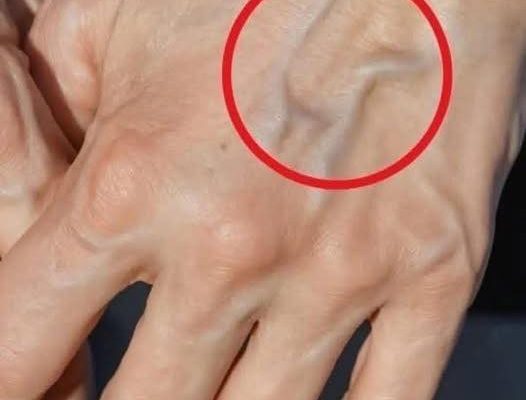What You Could Learn From Bulging Veins
Although they aren’t always a warning sign, bulging veins can occasionally be a sign of a more serious medical condition. Recognizing possible health issues requires an understanding of why veins become more noticeable.
Excessive exercise, aging, hot weather, tight clothing, genetics, sun exposure, and being overweight are common causes. Bulging veins can be innocuous in certain situations, but it’s best to see a doctor if they show signs of discoloration.
When blood pools in weak or damaged veins instead of returning to the heart smoothly, veins bulge. Varicose veins—swollen, twisted veins that usually appear on the legs but can also appear on the arms—are frequently the result of this.
The Cleveland Clinic states that smoking, obesity, genetics, hormonal changes (particularly during pregnancy), and prolonged standing or sitting are the main causes of varicose veins.
Depending on the severity, doctors may suggest injection therapy, leg elevation, compression stockings, or even vein surgery.
Venous ulcers, which are open wounds that develop close to the ankles and heal slowly because of inadequate circulation, can result from varicose veins if left untreated.
Blood clots are another major consequence that can progress to pulmonary embolism, superficial thrombophlebitis, or deep vein thrombosis.
Although it is not always possible to avoid varicose veins, you can lower your risk by maintaining an active lifestyle, losing weight, stopping smoking, and dressing loosely, particularly around the waist.



